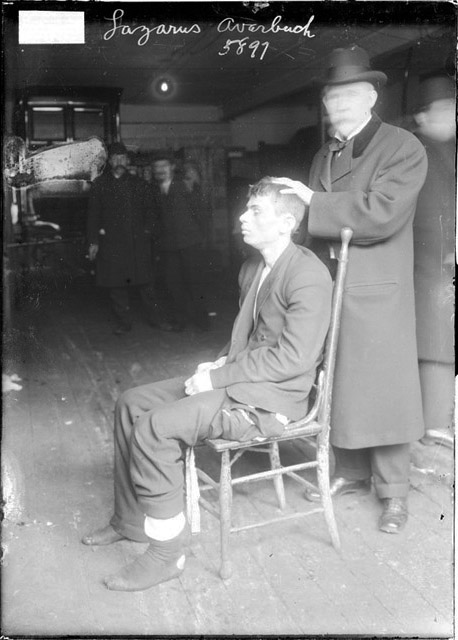Chicago’s murder legacy
By Robin Amer

Chicago’s murder legacy
By Robin Amer
The database was compiled from thousands of pages of hand-written police records, some of which are available on the project’s website. Bienen says it is one the most complete records of historical murders in any American city. Some of the murders tracked by police were high-profile: those committed by the infamous pair of Leopold and Loeb, for instance. But Bienen found herself most moved by the more ordinary but still tragic murders committed by the non-famous: husbands killing wives, mothers killing children.
In the audio above, Bienen lists examples of the most common kinds of murders that cropped up throughout Chicago history. Unfortunately, there is a lot that observers of today’s climate of violence will find familiar.
Dynamic Range showcases hidden gems unearthed from Chicago Amplified’s vast archive of public events and appears on weekends. Leigh Bienen spoke at an event presented by Chicago History Museum in November of 2011.